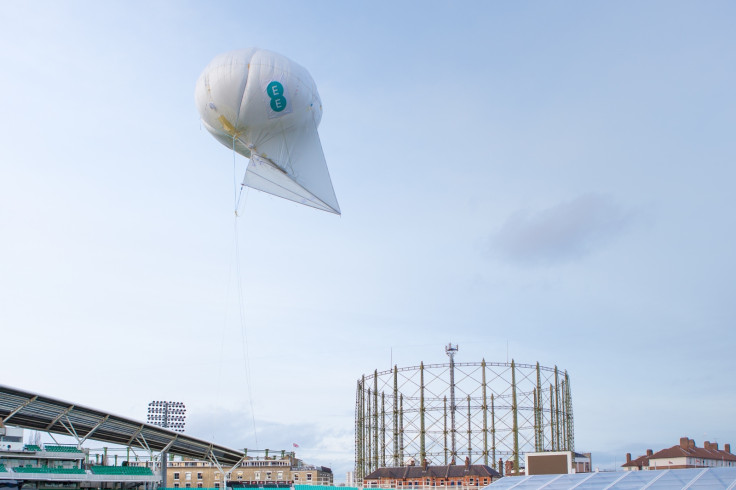EE uses drones and balloons to provide 4G coverage in rural areas
The network operator is planning to launch 'air mast' solutions later this year.

UK's largest mobile network operator EE revealed a mobile technology to connect the most remote parts of the country. The operator is preparing to launch mobile sites attached to a helium balloon called a Helikite to provide 4G coverage in areas deprived of connectivity.
The mobile network, owned by BT, expects to deploy "air masts" in remote areas later this year. It demonstrated the use of drones equipped with mini mobile sites, which included a basestation and antenna that could be used to provide connectivity in targeted areas.
The air masts make use of small cells connected to EE's network over satellite or through its 4G spectrum to make calls and access internet in the remote areas. The air mast solutions, which EE is in the process of patenting, could be used in search and rescue operations, the operator said.
Along with the aerial solutions for remote coverage, the company is also deploying a fleet of Rapid Response Vehicles to support the new Emergency Services Network.
"Rural parts of the UK provide more challenges to mobile coverage than anywhere else, so we have to work harder there — developing these technologies will ultimately help our customers, even in the most hard to reach areas," said Marc Allera, EE chief executive officer in a statement on 21 February in a post on the company's website.
"Looking ahead, I see innovations like this revolutionising the way people connect. We're developing the concept of 'coverage on demand'," added Allera.
The network operator said it is upgrading more than 100 sites every week, targeting 92% UK geographic coverage in 2017. These sites add new coverage and some increase signal strength, capacity and reliability in areas having no connectivity. The company is also rolling out 3,000 sites using low frequency 800MHz spectrum to improve coverage in rural areas.
© Copyright IBTimes 2025. All rights reserved.





















